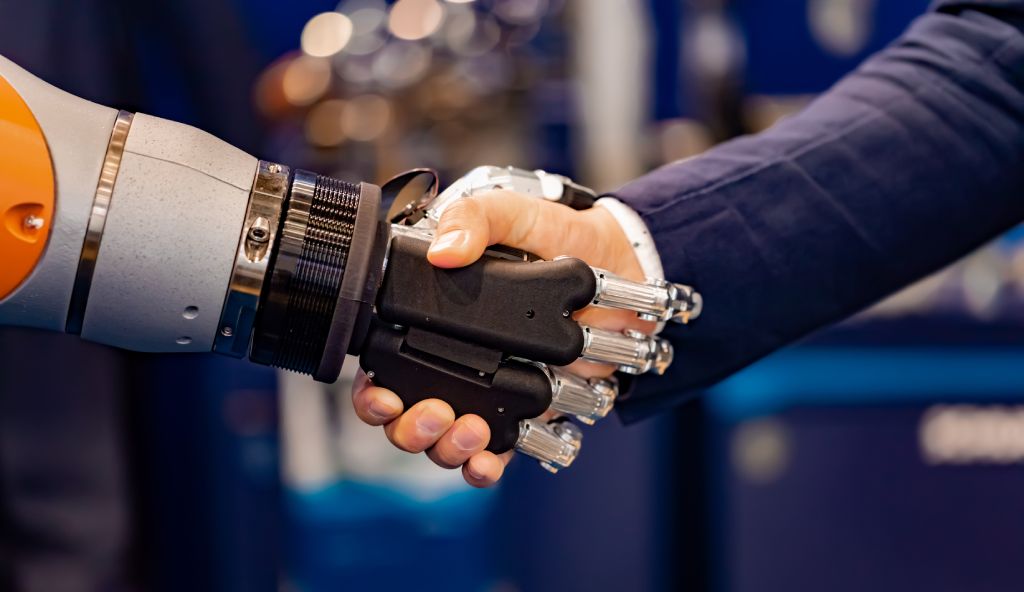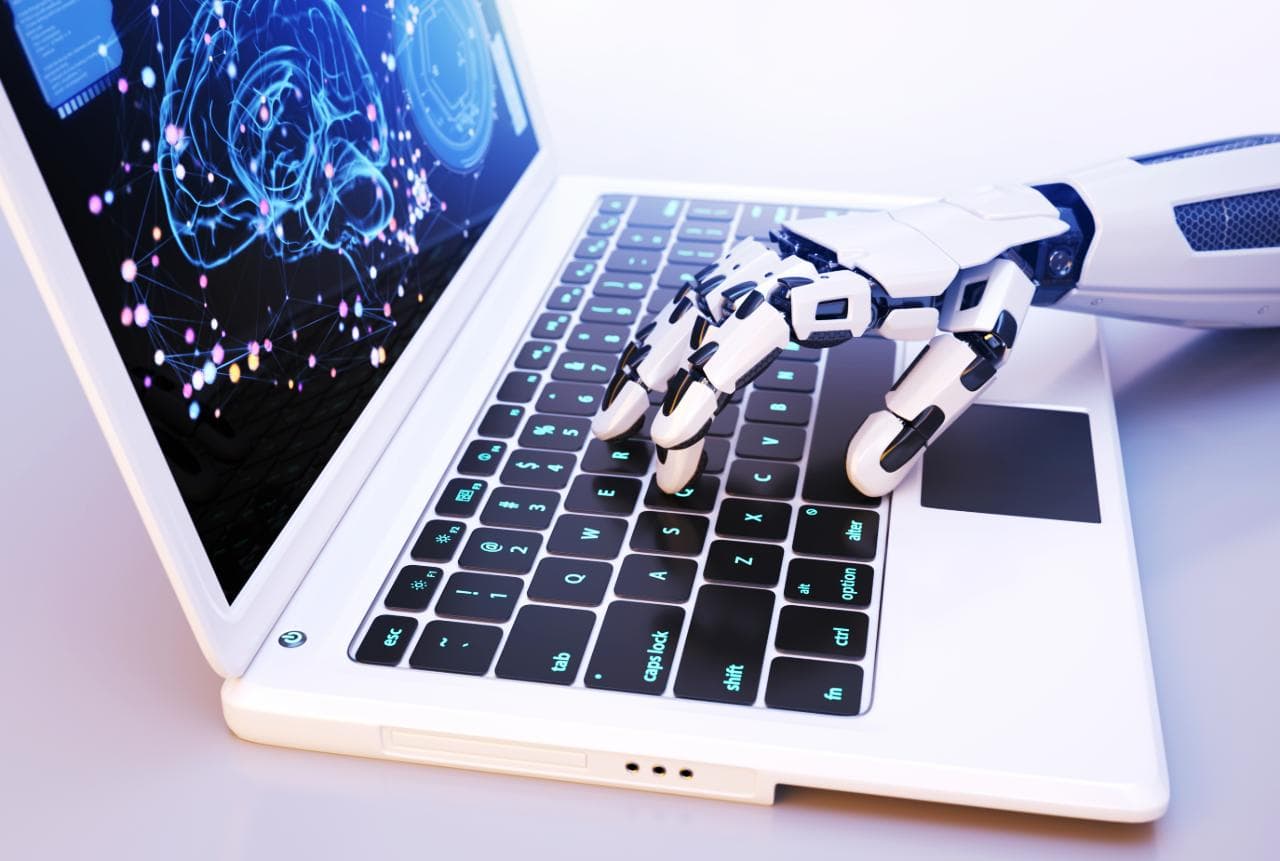Robotic Process Automation (RPA) is commonly attributed to manufacture in machine-heavy sectors. While it is applicable there, the term is being applied to many other industries these days. Companies are actively exploring the use of software to replace mundane human tasks with the promise of reaping greater benefits as a result.
2019 marked the introduction of the Robotic Process Automation category to Gartner’s Magic Quadrant. The Quadrant reflects the Customer Choice recipients in the Peer Insights public review platform. Simultaneously, this is also the third year that Deloitte explores RPA as a standalone category and publishes its analytics.
In short, software that automates business processes or operations workflow by compiling an advanced rule-set using scripted actions, as well as predictive algorithms falls under the RPA definition. According to Deloitte’s annual research, 53% of surveyed businesses have already commenced on their automation journeys. Companies cite increased productivity, compliance and quality, as well as significant cost reductions as the driving factors for the shift.
Implementations and Benefits
Software robots or simply “bots” are designed to perform a number of functions, the apparent one being working with data. Large volumes of said data can often overwhelm or tire the human workforce, leading to errors. Bots, on the other hand, are rule-based systems, which can handle data error-free once appropriately configured. They will capture and effortlessly analyze the information they receive in order to identify subsequent actions.
Apart from that, a distinguishing feature of RPA, is the ability of the robots to learn and be teachable. This, combined with the short integration time frame, gives it the upper hand compared to traditional automation methods.
The speed of implementation, relative to traditional automation methods is defined by low-code or no-code, wherein the programming is performed through a graphical user interface. For teams this means they can be directly responsible for implementing bots on their own. For the c-suite speed will equal cost savings and the yield of more immediate results.
Applications by Industry
According to Crunchbase, automation was among the four industries that pulled in the highest funding in 2019. The report noted companies involved in Robotic Process Automation as a service, which offer a wide spectrum of application scenarios across several industries.
Businesses that choose to outsource part of their workforce from offshore or nearshore territories have benefited by substituting BPO with RPA. For call center agencies this has meant the replacement of human agents with chatbots and the relocation of Centers of excellence back to business headquarters.
Finance and Banking have utilized automation to instantly manage client accounts and their data. Ease of integration has meant that the financial sector is able to validate and connect data between its different systems to deliver services quicker and ensure a high degree of compliance.
For the Healthcare industry RPA has facilitated information storage and its migration. It has simplified and put on tracks an integrated, yet simple billing and claim processing mechanism, reducing or eliminating the paperwork out of medical practices.
Other industries that already see an increase in ROI owing to automation are Insurance, Customer Service, and HR. Per Deloitte’s 3rd Annual Global RPA Survey Report, 25% of businesses prioritize increasing the level of automation in the coming years. However, industries looking to implement RPA in their domains of knowledge need to be cautious of the pitfalls they may encounter.
Intelligent Automation Trends and What Lies Ahead
About 45% of organisations scaling business with AI are now also are combining that process with RPA. Automated processes hardly ever rely on one type of software to perform required functions. RPA in conjunction with deep learning, computer vision or other cognitive and intelligent technologies such as AI, Machine Learning, Speech Recognition, Natural Language Processing has been dubbed Intelligent automation.
The crossroads of smart technologies is thought to be the path in digitally transforming and future-proofing businesses. Trends according to the Deloitte report show that support for intelligent automation borders on 60% among different workforce groups, from the general workforce to the C-suite.
At the same time, consequences of automation have always been linked to job shedding and the redundancy of the human workforce. Even though some estimates claim that new job opportunities will far outweigh the redundancies, about 44% of the workforce have not given thought to the changes to roles and tasks. People are simply not certain whether they will have to retrain as a result of automation, making planning for the future uncertain and the next steps ambiguous.
17 December 2019

 Pavel Kaplunou
,
Pavel Kaplunou
, 



